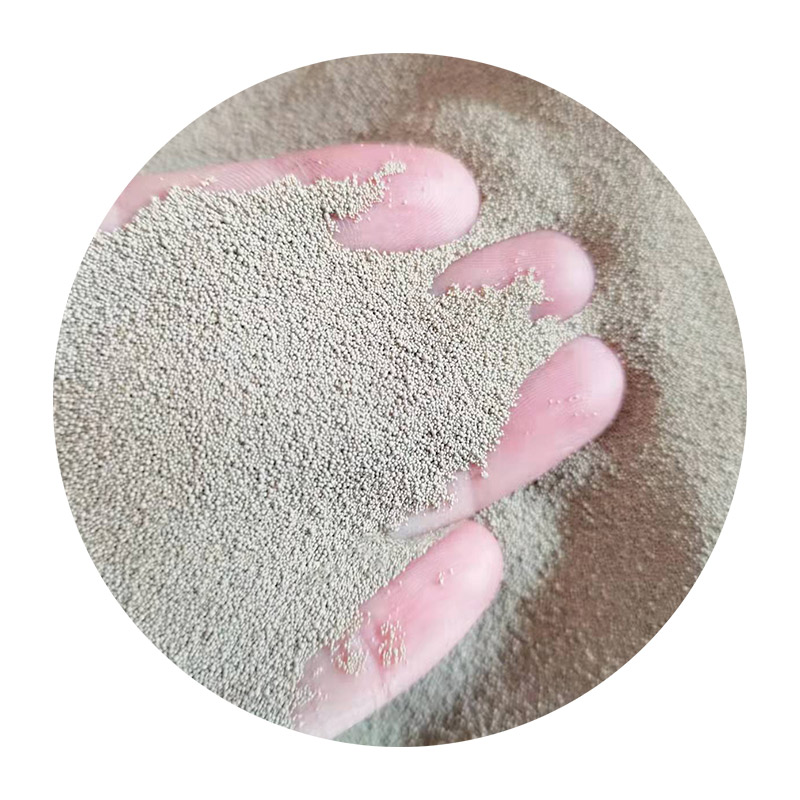The Use of Sand in Resin A Promising Technique for Art and Industry
In recent years, the incorporation of sand into resin has emerged as a fascinating technique, capturing the attention of artists, crafters, and manufacturers alike. This approach not only enhances the aesthetic qualities of resin products but also adds functional benefits that can broaden their application across various fields.
Aesthetic Appeal
One of the most compelling reasons to use sand in resin is its aesthetic potential. The contrasting textures of smooth resin and gritty sand create a unique visual effect that can mimic natural settings, such as beaches or deserts. Artists often experiment with different types of sand—be it fine, coarse, colored, or even mineral-enriched—allowing for an extensive range of creative possibilities. When combined with dyes and pigments, sand and resin compositions can evoke stunning landscapes and vivid designs, turning ordinary objects into extraordinary pieces of art.
For instance, resin artists often create coasters, tabletops, or wall art that reflect the beauty of coastal scenes by embedding sand and shells within the resin. This technique can transport viewers to a serene seaside environment, all while being crafted from materials easily accessible in urban settings. Engaging in this method not only stimulates creativity but also invites a connection to natural elements, fostering a sense of tranquility and appreciation for the environment.
Structural Benefits
using sand in resin

Beyond visual appeal, using sand in resin can enhance the structural integrity of the final product. Sand can provide additional weight and stability, making resin pieces less prone to damage or warping over time. In industries such as construction and manufacturing, sand-infused resin is being experimented with for applications in reinforced composites, where the combination of materials leads to improved durability.
By adding sand, manufacturers can reduce the amount of resin used, which is beneficial for sustainability. This approach decreases the overall carbon footprint of production processes, contributing to more eco-friendly practices in industries heavily reliant on synthetic materials. Moreover, the infusion of sand can mitigate the brittleness often associated with pure resin, thereby extending the lifecycle of products made through this technique.
Versatility in Applications
The versatility of sand and resin combinations extends far beyond art. In construction, these mixtures can be used for creating solid surfaces or decorative elements. Landscape designers likewise utilize sand in resin to forge artificial terrains or to incorporate unique features within gardens and parks. Furthermore, the automotive and aerospace sectors are beginning to explore sand-resin composites for lightweight yet robust components, driving innovation in material science.
Conclusion
The incorporation of sand into resin is a multifaceted technique that bridges the gap between art and functionality. As more individuals and industries adopt this method, we can expect to see a continual exploration of new applications and innovations. From artistic masterpieces to practical engineering solutions, the synergy of sand and resin stands as a testament to human creativity and ingenuity. With every application, we discover not just the beauty of nature but also the potential for sustainable development, making it a worthwhile endeavor for both hobbyists and professionals alike.
Post time:نوفمبر . 02, 2024 15:05
Next:how sand casting is done
